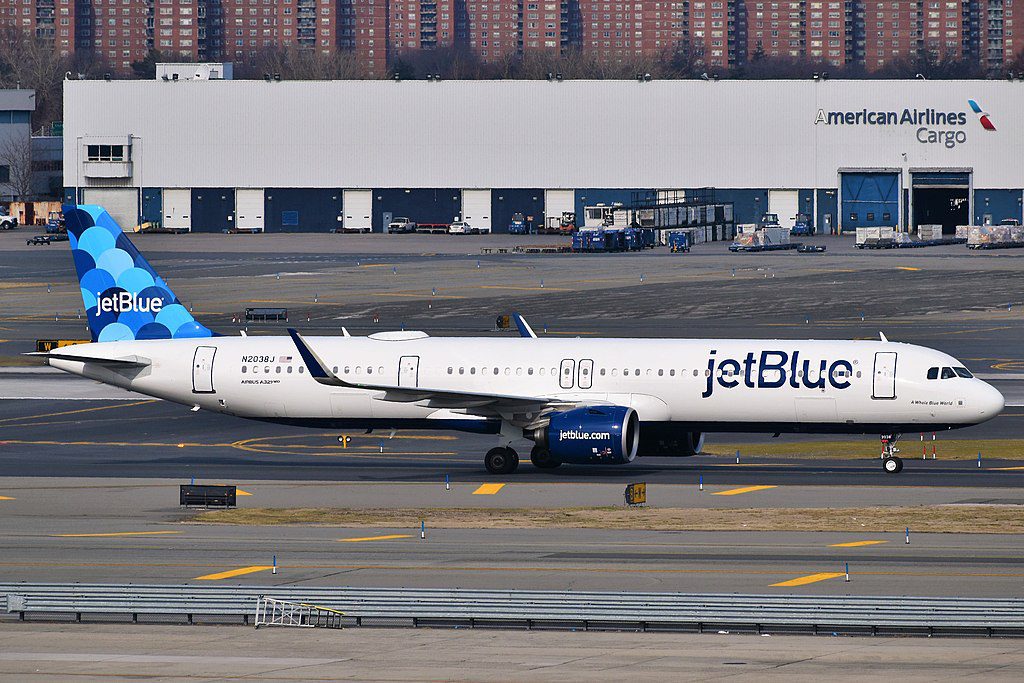JetBlue Pares Back on New London Flights as U.S.-UK Travel Restrictions Persist

Skift Take
Few are surprised that JetBlue is pulling back on its initial London schedule as U.S.-UK travel restrictions persist. But that's a small concern for the airline that faces big expenses related to its new alliance with American Airlines and a still uncertain recovery outlook.
JetBlue Airways cannot wait to take travelers to London. The airline has bought new planes, developed a new cabin with posh business class seats, and worked for years to gain access to sought-after London Heathrow airport ahead of its August 11 launch.
But the one thing JetBlue could not plan for was the Covid-19 pandemic and continued UK-U.S. travel restrictions.
"We’re disappointed on the continued restrictions on travel between the U.S. and UK," said CEO Robin Hayes on JetBlue's second quarter earnings call on Tuesday. As a result, the carrier will reduce its London schedule to several days a week from daily in September, and continue to evaluate the situation on a month-to-month basis thereafter. Hayes did not say whether New York-London Gatwick flights would begin as planned on September 29.
JetBlue's response mirrors that of the travel industry: frustration in the continued restrictions. On July 26, the U.S. Travel Association re-upped its recommendation that President Biden drop restrictions on inbound travelers from the EU and UK, and noted that the rules had not stopped Covid-19 variants from entering the U.S. Neither the U.S. or UK have indicated when they will remove restrictions.
Aside from the London reductions, JetBlue is optimistic about the recovery and its prospects. Leisure and visiting friend
